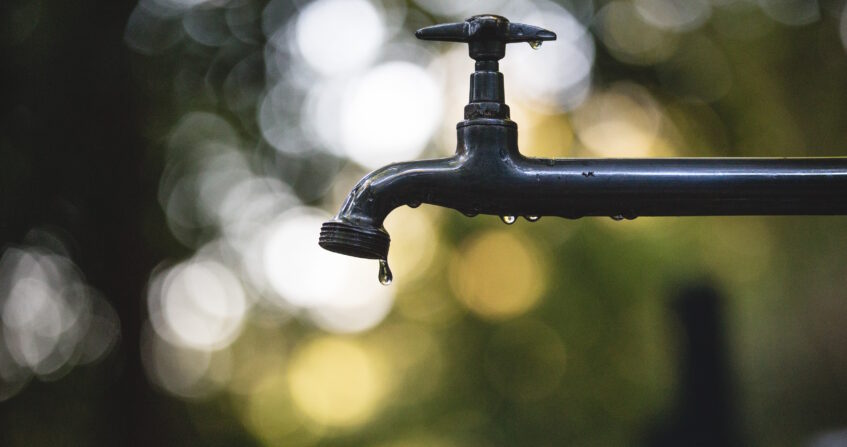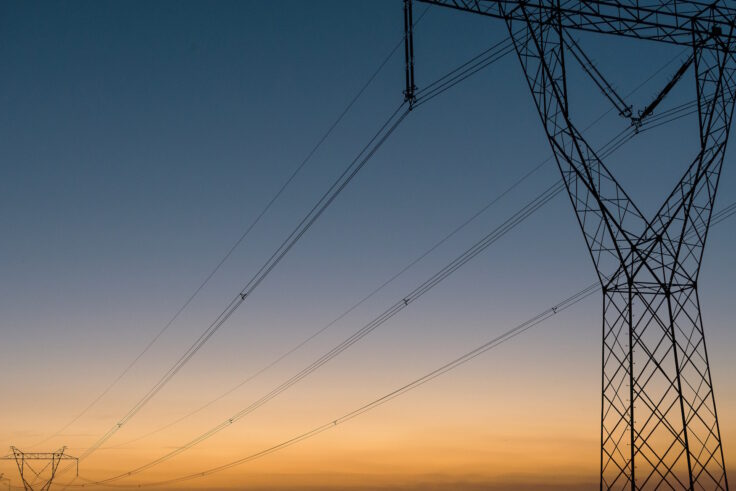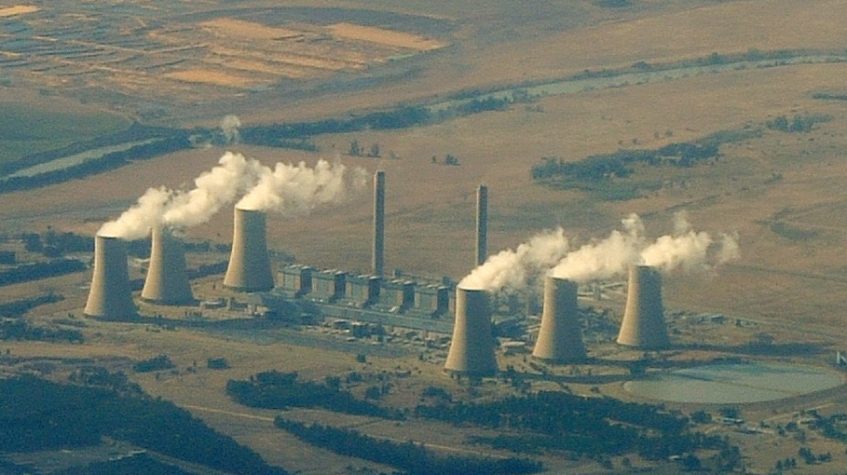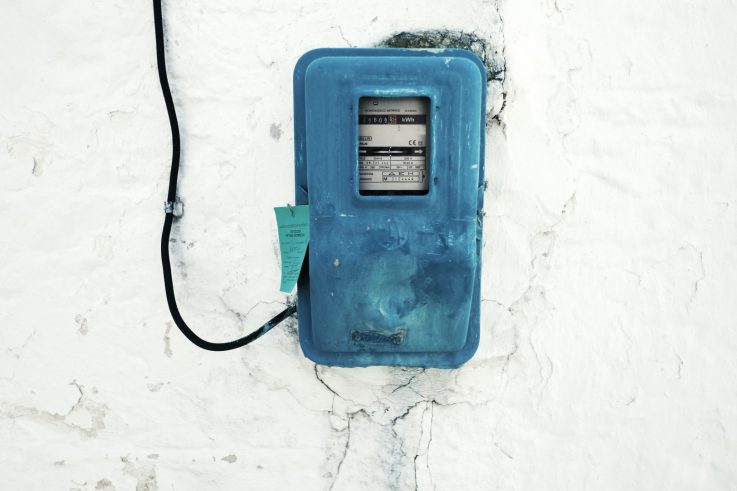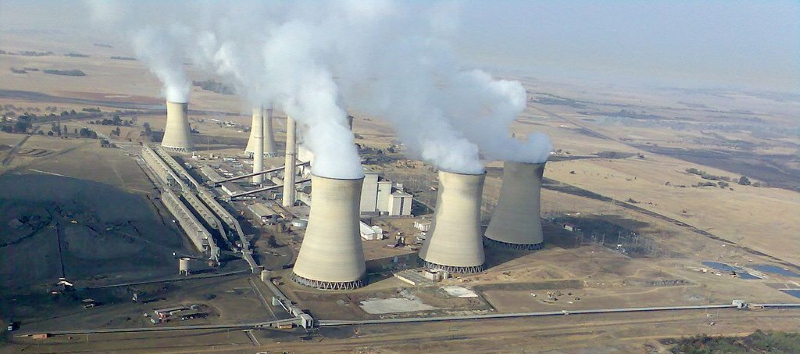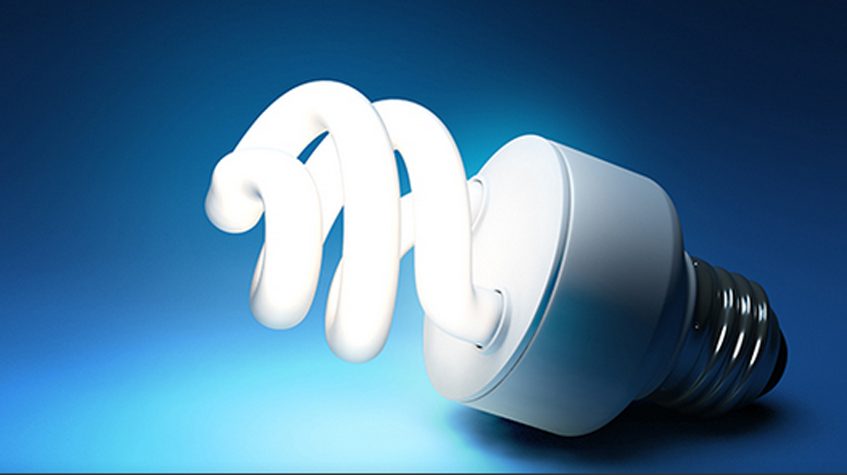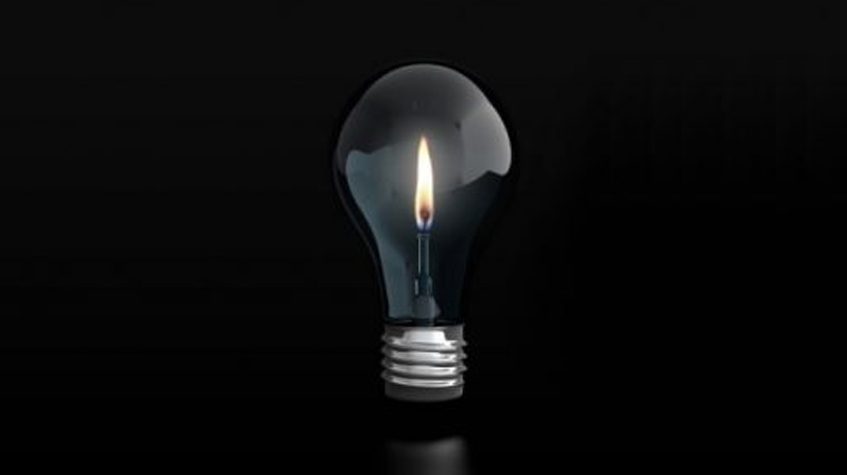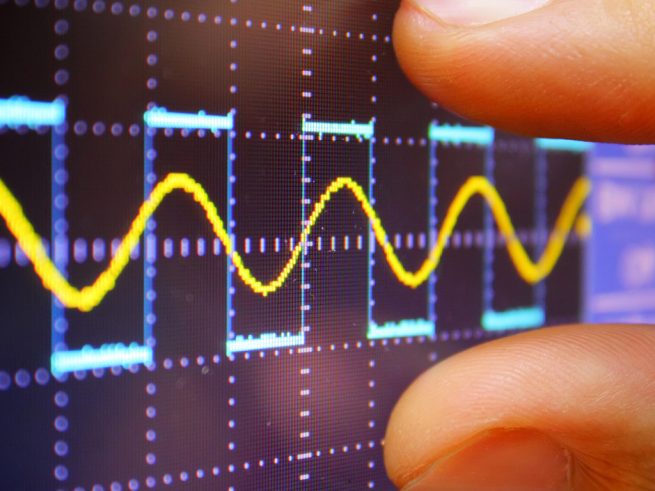Appendix A. Methods & assumptions
Average electricity consumption data for different LSM (Living Standards Measure) categories was obtained from Reference [1]. LSM 1 to 4 were classified as low income, LSM 5-6 were classified as lower to middle income and LSM 7-10 were classified as middle to upper income.
Average water consumption data for low, middle & high income households was obtained from References [2] and [3]. It was assumed that water consumption remained constant over time, although it is possible that it has reduced somewhat over the years due to increasing prices and water restrictions. However, the data in the references used ranged from 2004 to 2015 and water consumption was relatively constant over this period.
Eskom electricity tariff data were obtained from its website [4].
The Consumer Price Index (CPI) was used as inflation measure. CPI data was obtained from References [5], [6] and [7].
Municipal electricity and water & sanitation tariff data for the four metropolitan municipalities Cape Town, Johannesburg, Tshwane and eThekwini were obtained from their respective websites [8], [9], [10] and [11], as well as third-party reports [12].
Where water restrictions were in place and water restriction levels changed during the course of a municipal year (such as in Tshwane or Cape Town), the tariffs for the water restriction level that was in place for most of the year was used to calculate the average tariffs for the different income levels.
Tariffs for all income group were calculated based on the ‘single dwelling houses’ category and not for apartment buildings.
‘Indigent’ tariffs were not applied in calculation of the average tariffs for the lower income group (in other words, this group is not representative of the ‘lowest’ income group, but rather the ‘lower’ income group).
All tariffs are VAT inclusive.
All tariffs are metered tariffs (as opposed to prepaid tariffs). However, for most municipalities and in most years metered & prepaid tariffs are structured the same.
For the period 1996 to 2002, the water tariff data obtained excluded sanitation tariffs. The sanitation tariffs for this period for each of the four metro municipalities (Cape Town, Johannesburg, Tshwane and eThekwini) were estimated using the respective municipality’s average sanitation tariff as % of total water & sanitation tariff for later years for which full data was available.
Disposable income data was obtained from Reference [13].
No water & sanitation tariff data could be obtained for the four-year period 2003 to 2006. For this period, linear interpolation was done between the 2002 and 2007 tariffs for each municipality.
Average tariffs across the four metro municipalities in the study (Cape Town, Johannesburg, Tshwane and eThekwini) were calculated as simple averages (in other words, not weighted by measures such as population size).
Appendix B. References
[a] https://www.engineeringnews.co.za/article/eskom-says-it-needs-r23bn-more-from-tariffs-in-2021-to-remain-a-going-concern-2020-11-05
[b] ‘Disposable income’ is defined as the total income after tax (in other words before expenses), not income after expenses.
[1]. Goliger, A. and Cassim, A. (14 and 15 July 2017). Tipping Points: The Impacts of Rising Electricity Tariffs on Households and Household Electricity Demand. 3rd Annual Competition and Economic Regulation (ACER) 2017 Conference, Dar es Salaam, Tanzania. Website: http://www.competition.org.za/s/Parallel-3B_Goliger-and-Cassim_National-Treasury.pdf. Last accessed: 2017/08/21.
[2]. Viljoen N. 2015. City of Cape Town Residential Water Consumption Trend Analysis 2014/2015. Website: https://greencape.co.za/assets/Sector-files/water/Water-conservation-and-demand-management-WCDM/Viljoen-City-of-Cape-Town-residential-water-consumption-trend-analysis-2014-15-2016.pdf. Last accessed: 2020/08/02.
[3]. Bailey WR, Buckley CA. 2004. Modelling Domestic Water Tariffs. Proceedings of the 2004 Water Institute of Southern Africa (WISA) Biennial Conference. Cape Town, South Africa, 2-6 May 2004. Website: https://wisa.org.za/wp-content/uploads/2018/12/WISA2004-P004.pdf. Last accessed 2020/08/02.
[4]. Eskom Tariff History. Website: http://www.eskom.co.za/CustomerCare/TariffsAndCharges/Pages/Tariff_History.aspx. Last accessed: 2020/08/04.
[5]. Focus Economics. Inflation in South Africa. Website: https://www.focus-economics.com/country-indicator/south-africa/inflation. Last accessed: 2020/08/04.
[6]. Bureau for Economic Research. Inflation Expectations. Website: https://www.ber.ac.za/BER%20Documents/Inflation-Expectations/?doctypeid=1065. Last accessed: 2020/08/04.
[7]. Statistics South Africa. CPI headline inflation history. Website: http://www.statssa.gov.za/publications/P0141/CPIHistory.pdf?. Last accessed: 2020/08/04.
[8]. City of Cape Town Tariffs. Web pages:
https://www.capetown.gov.za/Family%20and%20home/residential-utility-services/residential-water-and-sanitation-services/water-and-sanitation-services-and-costs-for-formal-housing.
http://resource.capetown.gov.za/documentcentre/Documents/Forms,%20notices,%20tariffs%20and%20lists/L3-WaterSanitationRestrictionTariffs.pdf
https://resource.capetown.gov.za/cityassets/Files/Tariff_increases_from1July17.pdf
http://resource.capetown.gov.za/documentcentre/Documents/Financial%20documents/Budget%202018-2019%20Annexure%206%20Tariff%20Fees%20and%20Charges%20Book.pdf
https://www.capetown.gov.za/Family%20and%20home/Residential-utility-services/Residential-electricity-services/the-cost-of-electricity
[9]. City of Johannesburg Tariffs. Web pages:
https://www.joburg.org.za/services_/tariffs/Documents/annexure%2020.pdf
https://www.joburg.org.za/Campaigns/Documents/2014%20Documents/2014-15%20approved%20tariffs.pdf
https://www.joburg.org.za/services_/tariffs/Documents/2015-16%20tariffs%20for%20approval.pdf
https://www.joburg.org.za/services_/Documents/rates%20and%20taxes/201617%20APPROVED%20TARIFFS%20FOR%20GAZETTING.pdf
https://www.joburg.org.za/documents_/Documents/Other/traffifs/Approved%20tarrifs.compressed.pdf
https://www.joburg.org.za/services_/Documents/rates%20and%20taxes/2018-19%20APPROVED%20TARIFFS%20FOR%20COJ.pdf
https://www.joburg.org.za/documents_/Pages/Key%20Documents/other/links/tariffs/Tariffs.aspx
[10]. City of Tshwane Tariffs. Web pages:
http://www.tshwane.gov.za/sites/Departments/Financial-Services/Financial-Documents/Pages/Promulgated-Tariffs.aspx
http://www.tshwane.gov.za/sites/Departments/Financial-Services/Financial-Documents/Miscellaneous/Statistics%20and%20Tariff%20Handbook%202012.pdf
http://www.tshwane.gov.za/sites/Departments/Financial-Services/Financial-Documents/Miscellaneous/Statistics%20and%20Tariff%20Handbook%20June%202014.pdf
http://www.tshwane.gov.za/sites/Departments/Financial-Services/Financial-Documents/Pages/Miscellaneous-Documents.aspx
[11]. eThekwini Tariffs. Web pages:
http://www.durban.gov.za/City_Services/water_sanitation/Bylaws_Tariffs/Tariffs/Pages/Sewage_Tariffs.aspx
http://www.durban.gov.za/Resource_Centre/Services_Tariffs/Water%20Tariffs/Forms/AllItems.aspx
http://www.durban.gov.za/City_Services/electricity/Tariffs/Pages/default.aspx
[12]. Third-party websites used as sources for municipal electricity, water & sanitation data:
https://greenaudits.co.za/2016/10/20/high-water-restriction-prices-for-cape-town-dec-2016/
http://www.rrva.net/wp-content/uploads/2011/09/New-Tariffs-and-Rates-for-CoJ-2011-12.pdf
https://www.timeslive.co.za/news/south-africa/2018-05-10-cape-town-explains-water-tariffs-pipe-network-costs-more-than-water/
[13]. South African Reserve Bank data. Website links:
https://www.resbank.co.za/Publications/Detail-Item-View/Pages/Publications.aspx?sarbweb=3b6aa07d-92ab-441f-b7bf-bb7dfb1bedb4&sarblist=21b5222e-7125-4e55-bb65-56fd3333371e&sarbitem=10091
https://www.resbank.co.za/Lists/News%20and%20Publications/Attachments/10091/14Statistical%20tables%20%E2%80%93%20Key%20information.pdf
